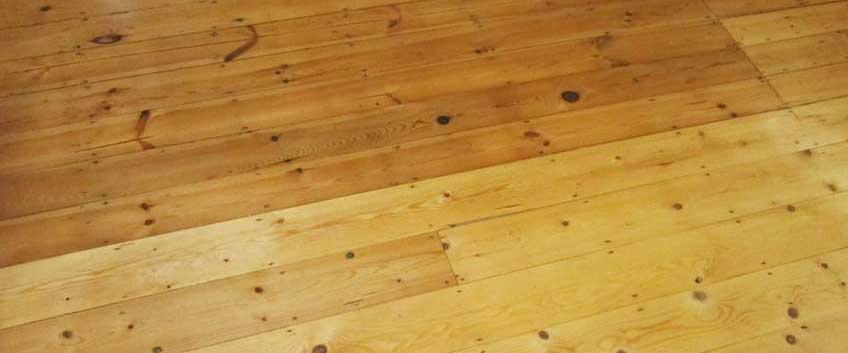
Wood flooring purchase is often a big step and a serious investment for many of us. There are many guides and recommendations written by experts out there that advise you on how and why to choose a certain type of wooden flooring over another, depending on the specifics of your own indoor home or workplace environment and all of these guides are useful and helpful when it comes to making the initial and most important choice.
However, did you know that wooden flooring changes with time? The talk here is not about planks getting scratched and distressed and the finished workout due to everyday use and high traffic. We talk about the natural changes that wood experiences with time, no matter the initial quality and price of the planks. Changing in colour is one of the most common transformations your wooden floor will experience after a certain period. Depending on the maintenance provided, the level of use, the age and also the wood species, this changing of colour may differ and vary a lot from floor to floor, however, it is good to take this feature into account and think in advance when purchasing your next wooden floor.
Wood is a natural product and it is completely normal for its colour to change with time and be affected by light and another environmental impact. Usually, colour changes are pretty light and uniform, however, with some wood species that are more likely to change dramatically, you have the chance to maintain them a certain way and reduce darkening or fading. This includes choosing thicker and darker blinds or curtains for the room where wooden flooring is installed and making sure you keep them close as much as possible during the active sun hours. Also, relocating large furniture pieces is another way to prevent the uneven fading of the colour. Recoating your existing wooden floor with a finish with a UV filter is also recommended, especially for rooms with big windows like living rooms, kitchens, conservatories, etc. which are exposed to a lot of sunlight.
Some of the most popular wood species used for manufacturing wood flooring are popular with changing colour over time. An example of this is oak, which undergoes a medium degree of change with just a few shades lighter from brown to amber. It is another situation with walnut, which changes in colour more dramatically and goes from dark and rich brown when newly installed to warm golden brown after some time.
In addition, here are some other examples we can give you for colour changing and what you can expect:
- The most common undertone appearing with time with the majority of wood species is yellowish. This is easily preventable with a UV filter finish.
- Prime-grade wood is usually more sustainable in colour change than rustic-grade wood.
- Flat or satin finishes will be darker for longer, while glossy finishes get lighter with time.
- Stained wood floors keep their colour for longer than naturally coloured wood.